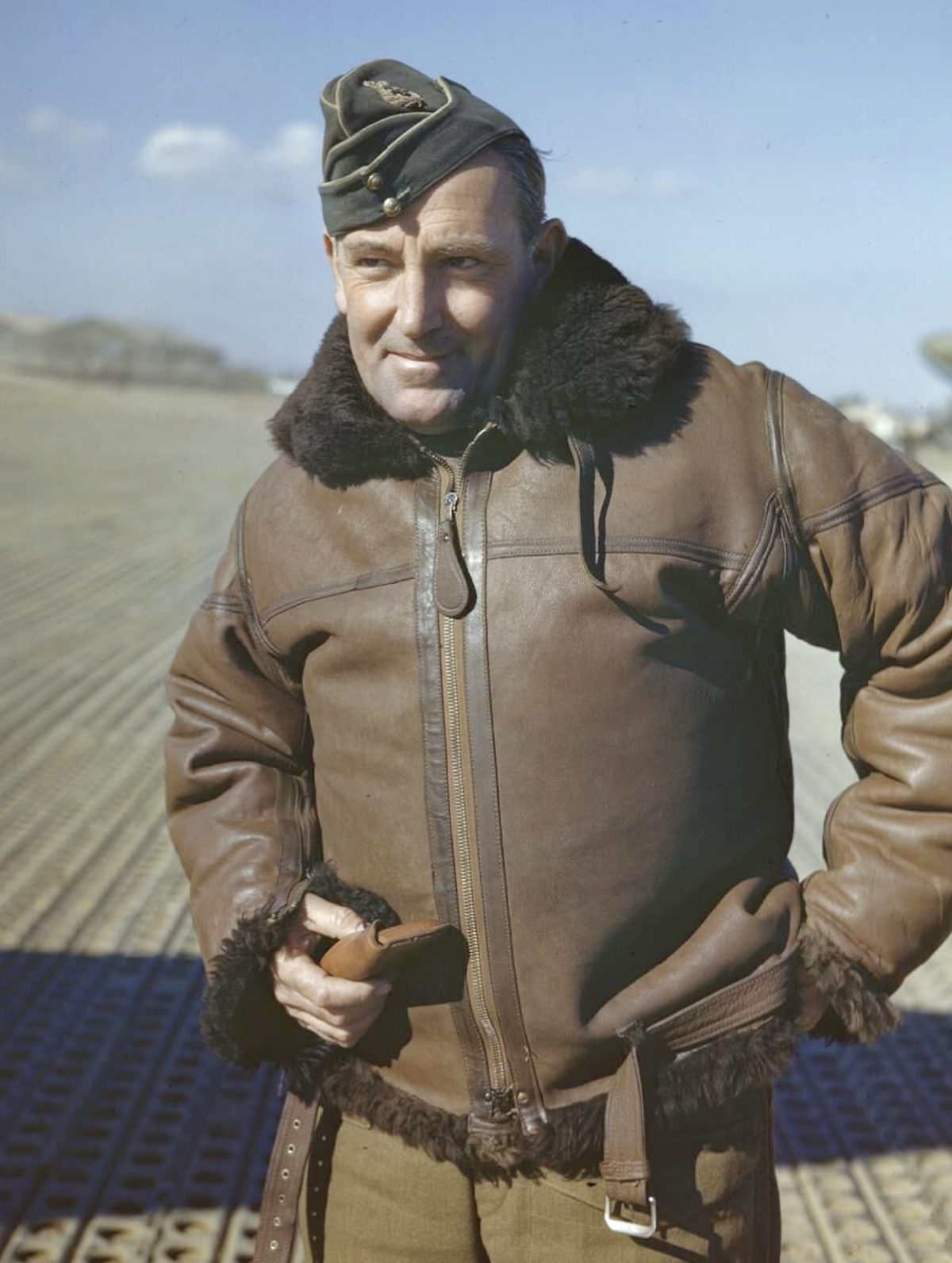Courage and ambition are hardly unusual in self-made men, but he had something else
If Arthur Coningham had been an American, he would likely be a household name today, like Patton or Bradley, or at least as well known as other pioneering airmen like Billy Mitchell or Curtis LeMay. A New Zealander, Coningham literally wrote the book on how to use air forces to support an army, rescuing the British and American campaigns from disaster in North Africa, securing Allied air superiority for all of the bitter fighting to come in Italy and France, and doing it all with a leadership style years ahead of his time. Though he could be steely tough when he needed to be (he once sent Patton a memo sarcastically concluding that the American general’s stated views on air power were so idiotic they could only have been meant as an April Fools’ joke), he mainly got results through personal charm combined with a breathtaking habit of placing near-total trust in subordinates.
In some ways, only an outsider could have changed the dysfunctional and mutually suspicious relationship that had grown up between the Allies’ air and ground forces in 1941, and Coningham had begun life as an outsider par excellence. His father had a brief career as a professional cricketer and a longer career as a spectacularly unsuccessful con man. The family had fled to New Zealand from Australia after his father’s first con was exposed (it involved a phony divorce proceeding against his wife, aimed at extorting 5,000 pounds from a flamboyant local Catholic priest, falsely named as his wife’s lover). A few years later his parents really did divorce. His father had been caught having an affair, and the precocious Coningham, then 17, wrote his father, “Look here, Coningham, although you are my father, I am ashamed of you.”
The boy had, in the meantime, won a scholarship to a prestigious local boys’ school, where he excelled as an athlete, horseman, and marksman, and when World War I broke out he enlisted in the army. Discharged for temporary health issues in 1916, he made his way to England and managed to talk his way into the Royal Flying Corps’ flight school. He established a reputation as a fearless flier and refashioned himself, in the words of his biographer Vincent Orange, “into a convincing English gentleman, with accent and tastes to match,” among them yachting, polo, and fast cars. More than once, recalled his colleagues, he returned from air missions covered in blood, his aircraft heavily damaged, looking as if he had been “fighting the whole German air force single-handed.”
Courage and ambition are hardly unusual in self-made men, but Coningham had something else—a way of instilling loyalty not through barking intimidation, but by making a calm show of confidence in others. “What a queer fellow he is!” his executive officer once remarked. “Of the organization, administration and supply of his force he knows nothing and never asks me or asks where or what I have been up to. But if anything went wrong…he would know in a moment and be down on me like a ton of bricks.”
In 1941 Coningham was appointed commander of British air forces in the Western Desert, and then of all Allied air forces in North Africa. His tightrope challenge was to get his airmen to start working closely with their army counterparts while preserving the independence they needed to actually produce results. Patton and other generals kept insisting that the air force fly constant “umbrella patrols” over the ground forces. Coningham countered that the only real way to safeguard troops from enemy air attack was to seek out and destroy the enemy air force.
Coningham’s persuasiveness did much, but so did the results he achieved, especially when his unleashed aircraft began to systematically attack Rommel’s supply lines, sinking half of the Axis supply ships crossing the Mediterranean and starving German panzers of gas and ammunition. A pamphlet he wrote and distributed to every ranking officer in Tunisia laid out in simple language the core principles of air-ground coordination, and within months these were adopted almost verbatim in a new U.S. Army field manual. They remain the guiding philosophy of battlefield air power to this day.





